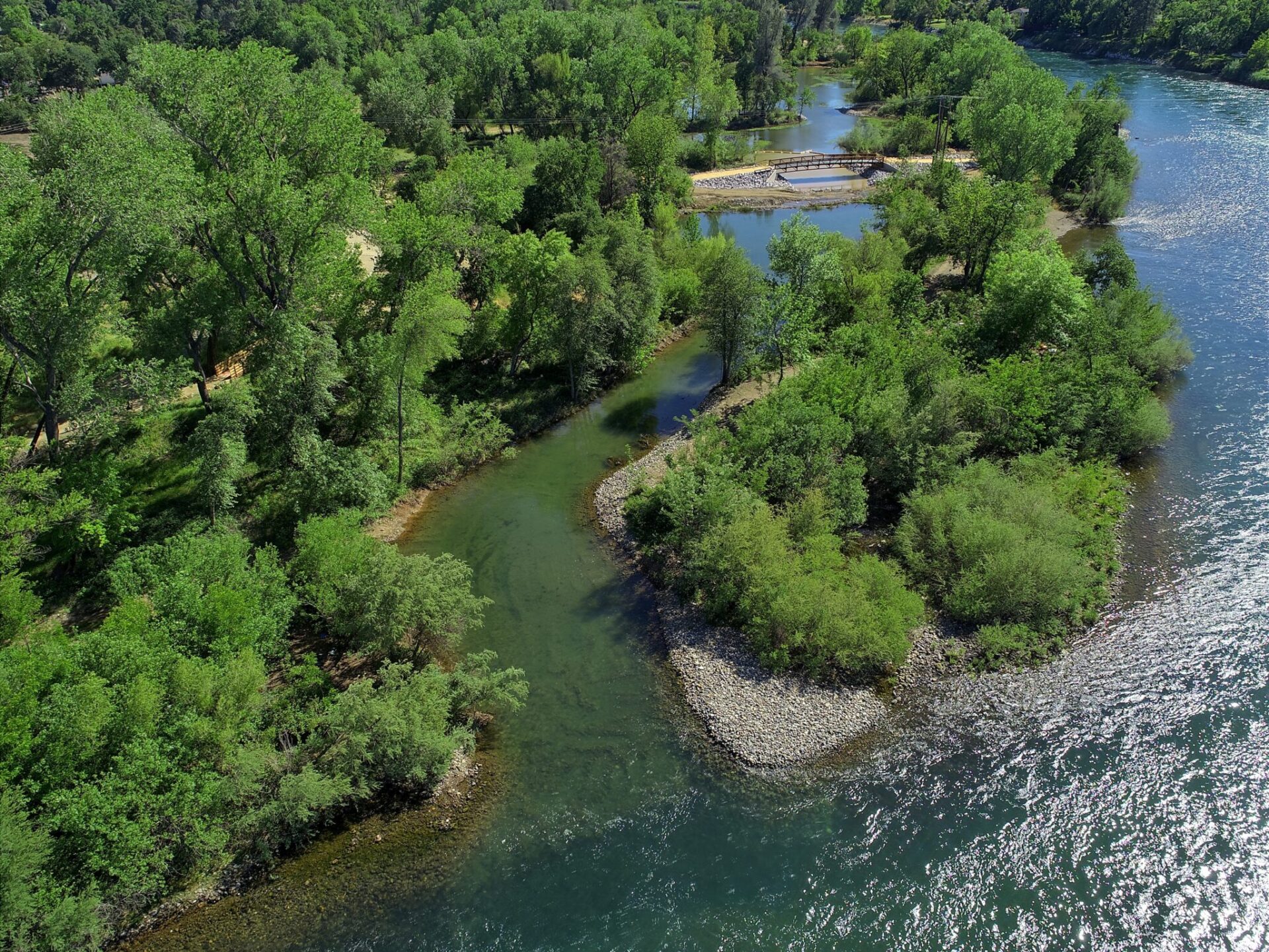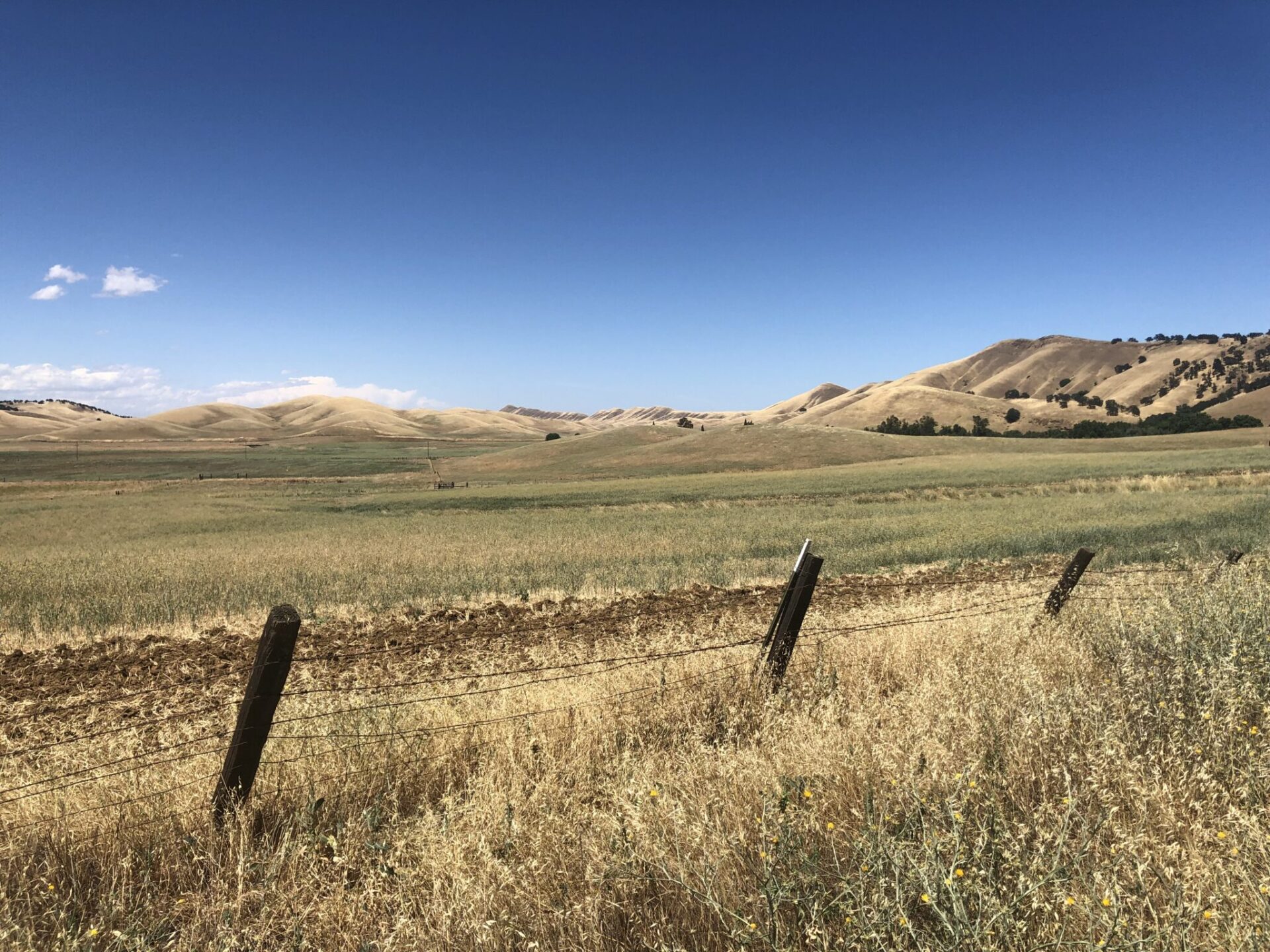
California is once again heading into a dry year with memories of the last drought all too fresh. During the 2015 drought, more than 540,000 acres of California farmland were idled at an economic cost of $2.7 billion. This year, California farmers have already seen their water supply cut as much as 95%. Some farmers are anticipating it will be cut to zero.
And, as difficult as this year is, farmers are also keeping an eye on the future. Even though California agriculture has cut its water use by double-digits since 1980, we’re not done yet. The passage of SGMA in 2014 means less groundwater for all users, and we’re not yet certain what additional surface water restrictions may be coming. And scientists believe that our changing hydrology likely means more “boom and bust” water cycles. A report by UC Berkeley economists Dr. David Sunding and Dr. David Roland-Holst anticipates that as much as 1 million acres of California farmland may be permanently lost if our current trajectory is not altered.
Agricultural Water Use Efficiency
California farmers are leading the way by again increasing investment in more efficient irrigation systems as well as new technology that pinpoints where and when water is needed by the plants and soil. Farms are also dramatically increasing use of recycled and reclaimed water as well as investing in ecosystem projects that make the water supply more reliable for everyone. And because reducing our carbon footprint helps lessen the impact on the changing climate that contributes to water shortages, farms are also investing in solar, wind and other clean energy.
However, the best efforts of farms as well as California homes and businesses, while a critical piece of the puzzle, are not enough to keep us out of extended periods of water shortages.

Infrastructure Investments are Essential
Conserving water doesn’t help if the reservoirs, dams, canals, pipes and other physical infrastructure that relay water throughout the state doesn’t function. California’s water infrastructure is deteriorating and in desperate need of repair. Being in a drought situation puts in stark relief the true cost of deferred maintenance. We may be able to muddle through with leaking canals and other faulty mechanics in very wet years, but certainly not in dry ones when farmers must fight for every drop.
And that’s why the industry is working together to urge both the federal and state governments to fund water infrastructure. The Biden-Harris administration is proposing massive infrastructure legislation that, if serious, will include water. There are also multiple pieces of California legislation that propose to address water infrastructure needs.
It’s also clear that in addition to fixing what’s already in place, we need to “Build Back Better” as the Biden-Harris administration says it wants to do.
That means not just repairing existing infrastructure, but also investing in new ways of doing things. There is new technology available on recycling and desalination. The effects of climate change tell us we must build new storage for both surface and groundwater as well as expand flood control. Science has also taught us that habitat restoration is an important component of a healthy water supply.
Two examples of the kinds of projects that are needed to help support water supply resilience include Sites Reservoir and the Glenn-Colusa Irrigation District’s (GCID) South Cypress Island Side Channel restoration.
Once constructed, Sites Reservoir, located in Colusa and Glenn counties, would capture and store stormwater flows from the Sacramento River, after all other water rights and regulatory requirements are met, for release primarily in dry and critical years for environmental use and for California communities, farms and businesses. The recently completed South Cypress Island Side Channel Restoration Project provides 4.8 acres of much needed spawning and rearing habitat for the endangered winter-run Chinook salmon. Other similar projects are planned or are underway in the watershed.
Streamlining the Process
Financial support is not enough. Funding without a commitment to streamline the process fails all of us. With more than 15 federal, state and regional agencies controlling water projects, it can take decades to complete critical projects.
In 2014, California voters overwhelmingly passed Prop 1, which provided $7.5 billion for water projects. Three years later, only 14% had been spent, and that included no money for water storage. By late 2019, only about 34% of the funds had been assigned to projects.
The urgency of our current needs demands swift action.
Addressing the critical needs of our water infrastructure will do so much more than secure our water future; it will create jobs and help in our economic recovery, address some of the social inequalities in the system, help us adjust to climate change, better protect the environment and help maintain a safe and abundant local food supply.
None of us would choose to be back in a drought year. But if this current crisis helps bring relief to long-neglected issues, some good may yet come of it.










